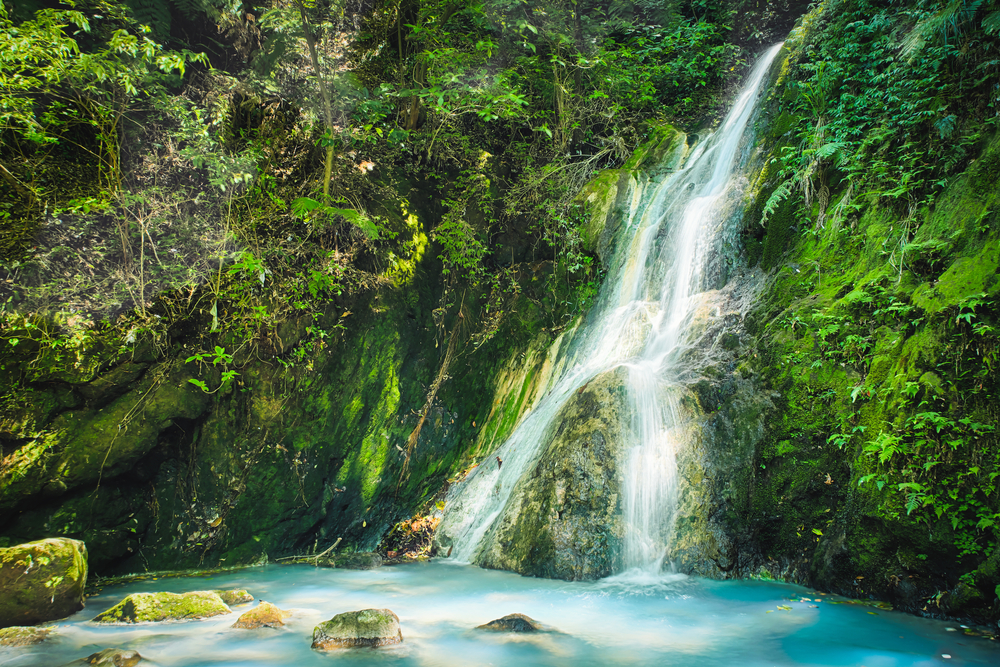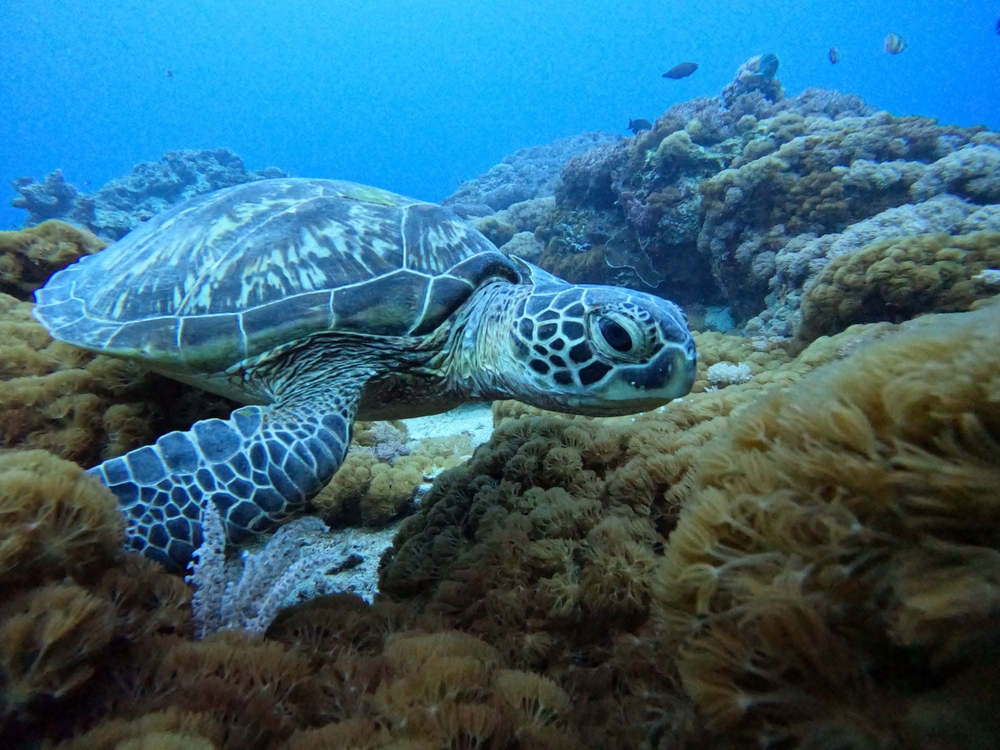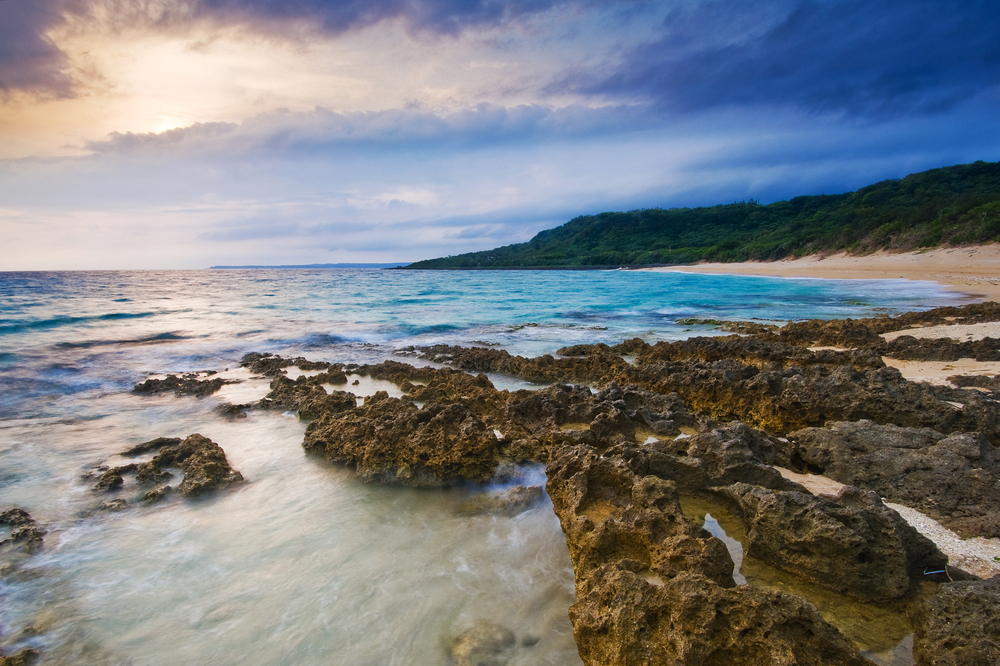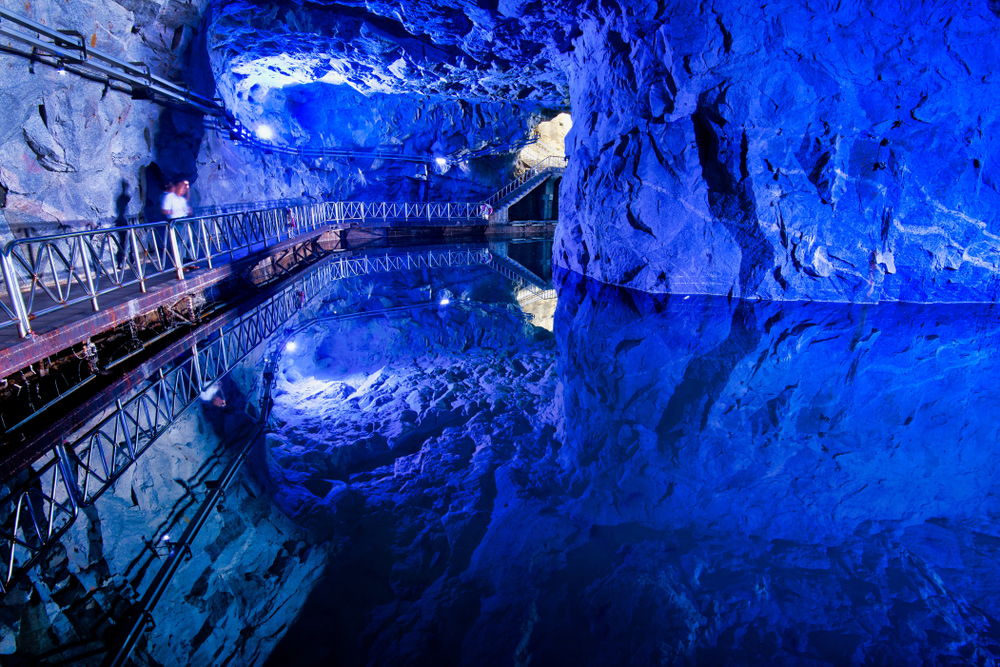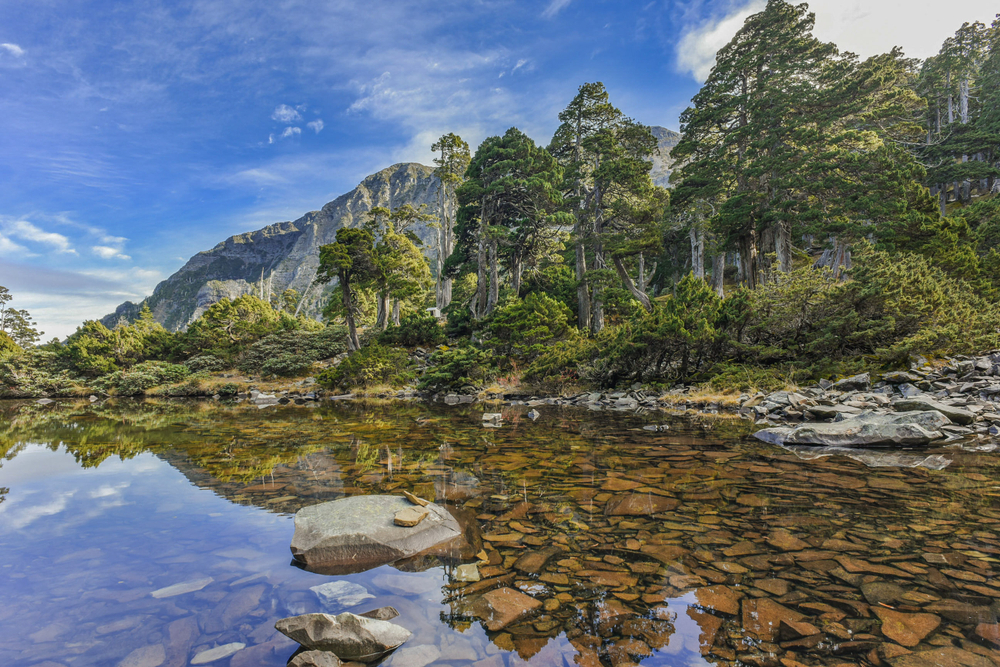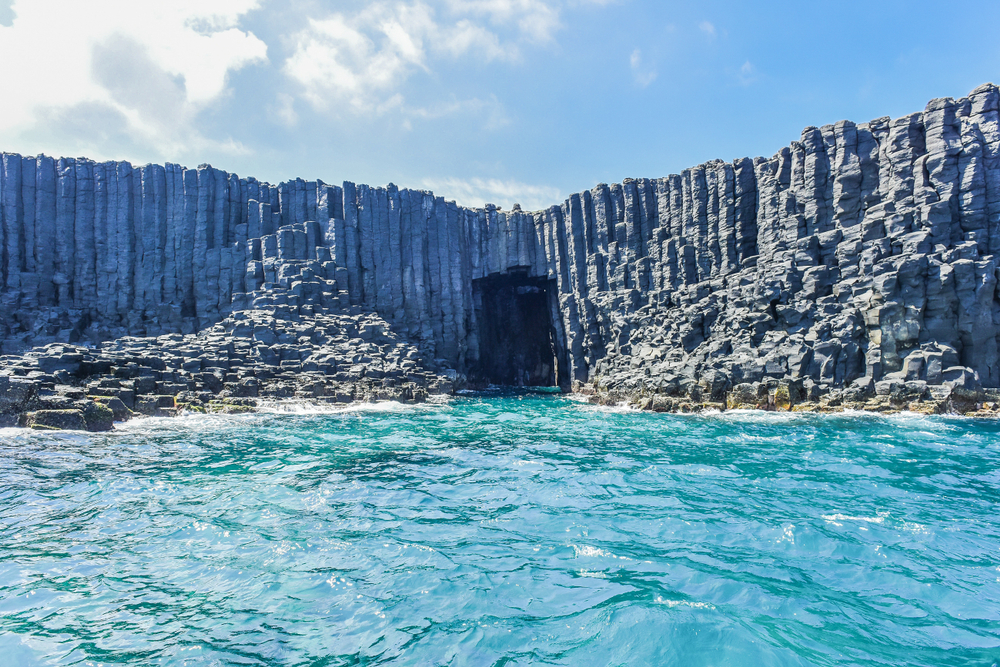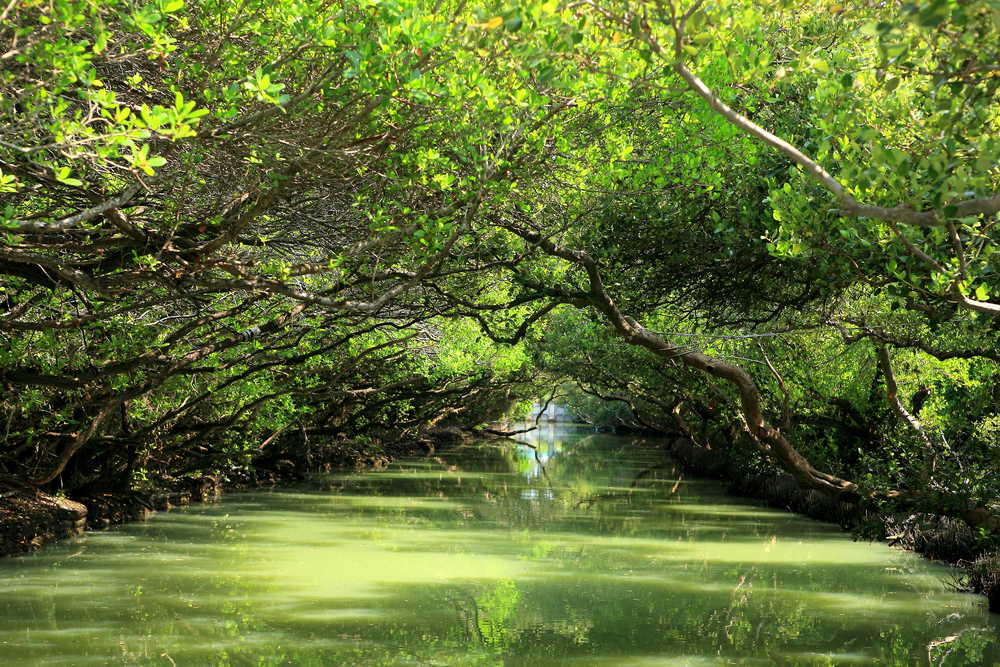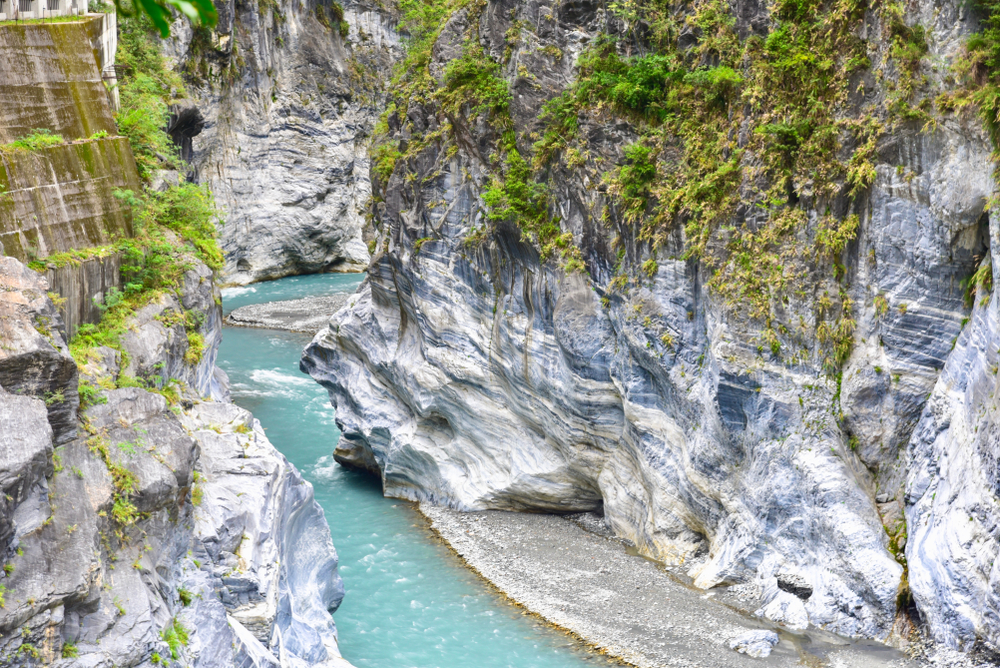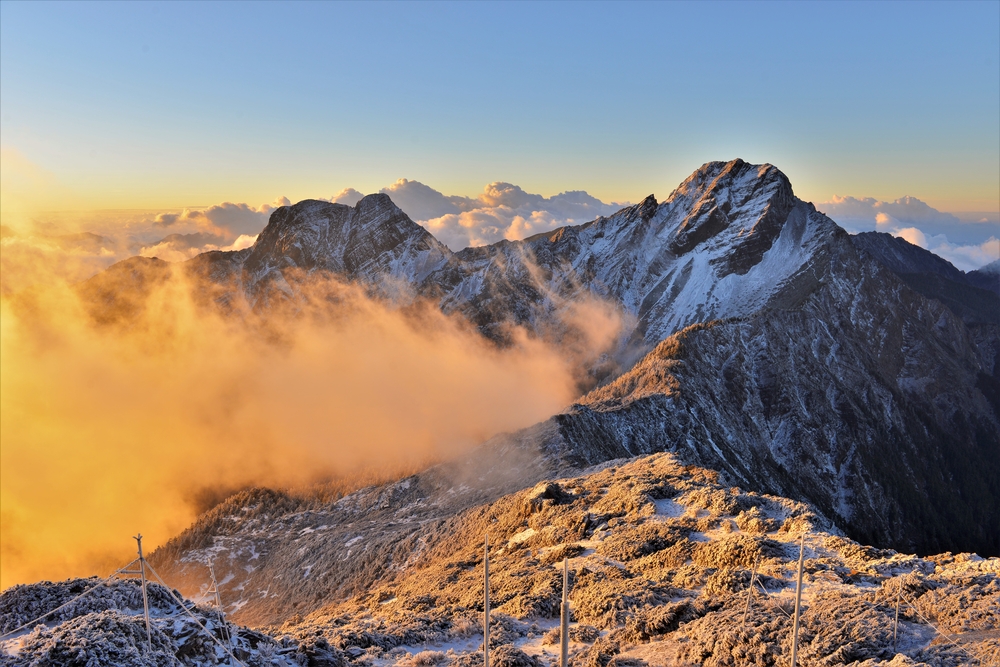Taiwan, an island nation in East Asia, is home to nine official national parks that showcase its remarkable ecological and geological diversity. These parks span a range of environments, from rugged mountain ranges and lush tropical forests to serene coastlines and unique volcanic landscapes. Taiwan’s national parks play a critical role in preserving the island’s rich biodiversity, which includes endemic species like the Formosan black bear and Taiwan blue magpie, as well as a wide variety of plant and marine life.
One of the most famous national parks in Taiwan is Taroko National Park, celebrated for its breathtaking marble gorge, towering cliffs, and crystal-clear rivers. Located in eastern Taiwan, Taroko offers visitors dramatic vistas, winding trails, and the chance to explore iconic landmarks such as the Eternal Spring Shrine and Swallow Grotto. The park is also a haven for hikers, featuring trails that range from leisurely walks to challenging treks into the heart of the gorge.
Yushan National Park, named after Yushan (Jade Mountain), the highest peak in Taiwan at 3,952 meters, is a paradise for mountaineers and nature enthusiasts. The park’s alpine environment includes dense forests, high-altitude meadows, and steep cliffs. In addition to its dramatic landscapes, Yushan is home to unique flora and fauna adapted to its high elevation, offering a stunning example of Taiwan’s ecological diversity.
Kenting National Park, situated at Taiwan’s southernmost tip, provides a stark contrast to the mountainous parks with its warm climate, golden beaches, and vibrant coral reefs. Known for its tropical allure, Kenting is popular among beachgoers, snorkelers, and divers. The park also features intriguing geological formations, such as limestone caves and sandstone cliffs, and hosts cultural landmarks like the Eluanbi Lighthouse.
Shei-Pa National Park, nestled in Taiwan’s central mountains, is another standout destination. It is renowned for its towering peaks, deep valleys, and pristine rivers. The park offers a serene retreat into nature, with opportunities for birdwatching, hiking, and exploring the habitats of endangered species such as the Formosan landlocked salmon.
Yangmingshan National Park, located near Taipei, is famous for its geothermal features, including hot springs and fumaroles. Its volcanic terrain supports diverse vegetation, from subtropical forests to alpine grasslands. Visitors can enjoy seasonal attractions like cherry blossoms in spring and silvergrass blooms in autumn, making it a year-round destination.
Despite the beauty and ecological significance of Taiwan’s national parks, they face challenges such as habitat degradation, invasive species, and the impact of tourism. However, conservation efforts have achieved notable successes, including the recovery of certain wildlife populations and the promotion of sustainable tourism practices. Taiwan’s national parks remain vital in protecting the island’s natural heritage while providing unforgettable experiences for visitors.








































































